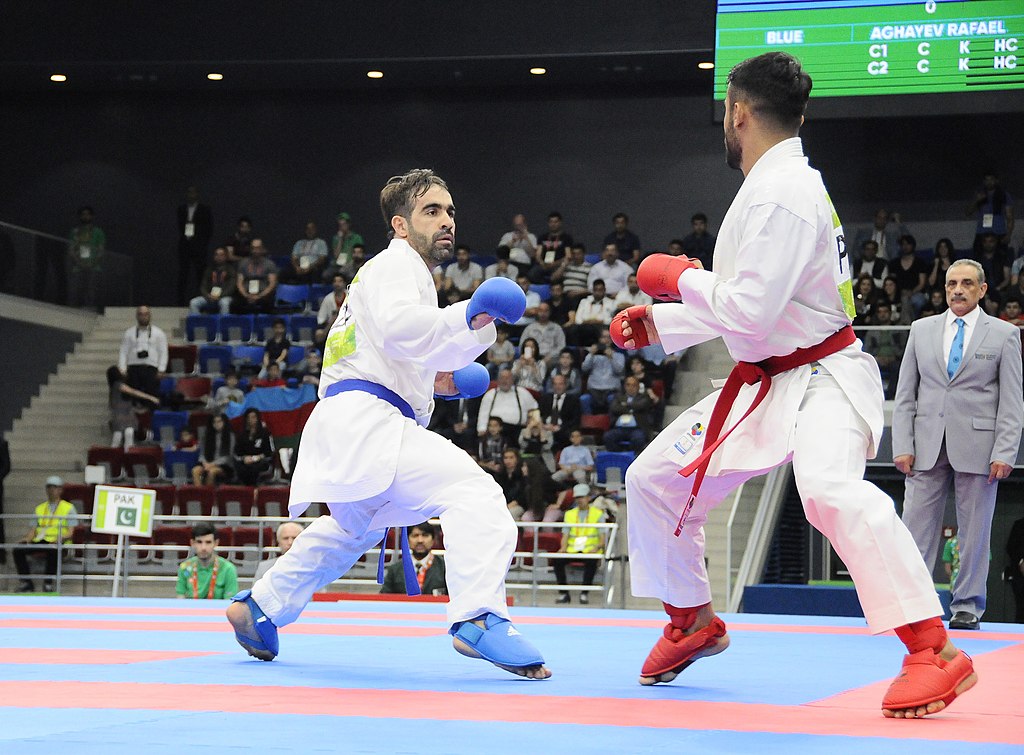Jan 18, 2021
Styles of Japanese Martial Arts and How They Differ
Across the world, there are more than 180 styles of martial arts. Most of them originate from Asia, and many of them from Japan. Of the Japanese martial arts, four stand out as the most famous: karate, aikido, judo, and sumo.
Although martial arts are one of Japan is best knowns, most people are unaware of what each style involves and how it differs from the others. In actual fact, each has some key distinctions that set it apart from the rest.
Karate
The most diverse type of Japanese martial arts is karate. Under the umbrella term, karate, there are many styles, each of which has a different lineage, techniques, and form of stances, among other distinctions. Plus, although karate means “empty hand,” some styles use weapons. However, most moves are punches, strikes, and kicks.
Karate is one of the more philosophical martial arts. For instance, in kata (choreographed movements), participants are judged on clarity and expression and the delivery of their moves.
Aikido
Aikido is characterized by the fact it is a peaceful style of fighting. This may sound like a contradiction, but aikido is actually self-defense in the truest sense. Aikido is all about redirecting the attacker’s power to disable him or her. As a result, practitioners can protect themselves without causing harm. Moves in aikido consist of holds, throws, and locks.
The founder of aikido, Morihei Ueshiba, was influenced by a neo-Shinto movement. As a result, this martial art combines this ideology with older martial arts elements.
Judo
Another one of the more modern styles of martial arts is judo. It is part of the jujutsu family — an ancient form of close combat without weapons. In 1960, judo became the first Japanese martial art to become an Olympic sport.
Like aikido, judo is about using an opponent’s strength against him or her. In fact, the word judo means “the gentle way.” The aim is to bring the opponent to the ground, often achieved with a throw.
Sumo
Developed more than 1,500 years ago, sumo wresting has been a source of entertainment in peace and a form of combat during times of war for centuries. Sumo aims to push the opponent out of the ring or make him fall over.
Sumo has Shinto roots, and even today, it is very traditional. For example, professionals need to adhere to strict standards in their lives, including sleep, diet, and exercise. Unlike other martial arts, it is only practiced in Japan, and only men may compete professionally.
The great thing about martial arts is that you can appreciate the practitioner’s skill without knowing much about the specific style. Plus, in addition to being a great spectator sport, most martial arts (sumo being the exception) are ideal if you’re looking for a new way to stay in shape. You can start at any age and fitness level, and with dedication, regular practice, and time, anyone can rise to the high ranks.
President.az, CC BY 4.0, via Wikimedia Commons


About the author